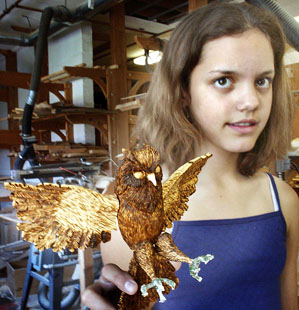 |
|
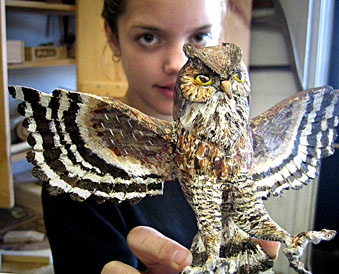 |
| This owl was amazing when wood burned. | |
And stunning when painted! |
| Home | Why Woodworking? | What are classes like? | Projects 1 | Projects 2 | Projects 3 | Projects 4 | Who teaches this? |


 |
|
 |
| This owl was amazing when wood burned. | |
And stunning when painted! |
| Home | Why Woodworking? | What are classes like? | Projects 1 | Projects 2 | Projects 3 | Projects 4 | Who teaches this? |

This
bowl has wood burned
decoration on the bottom too! |
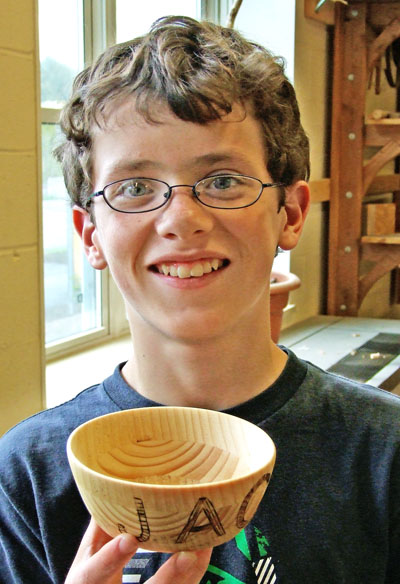 This pine bowl is decorated with a name! |
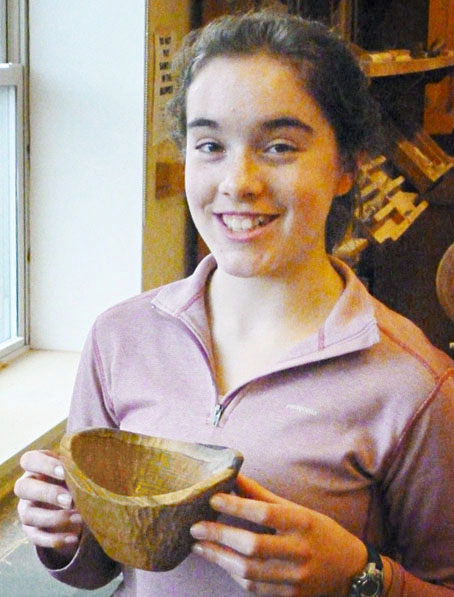 This bowl was hand carved,
inside
and out, from a chunk of butternut log! |
|
|
|
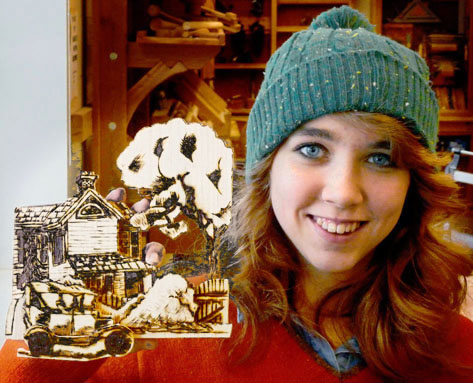 This 3D wood burning was a
challenging and very successful innovation for
this student who had already developed This 3D wood burning was a
challenging and very successful innovation for
this student who had already developedformidable burning skills. |
 A beautiful burned image from a book on carving country landscapes. She worked hard to develop textures and a broad tonal range with the wood burner. |
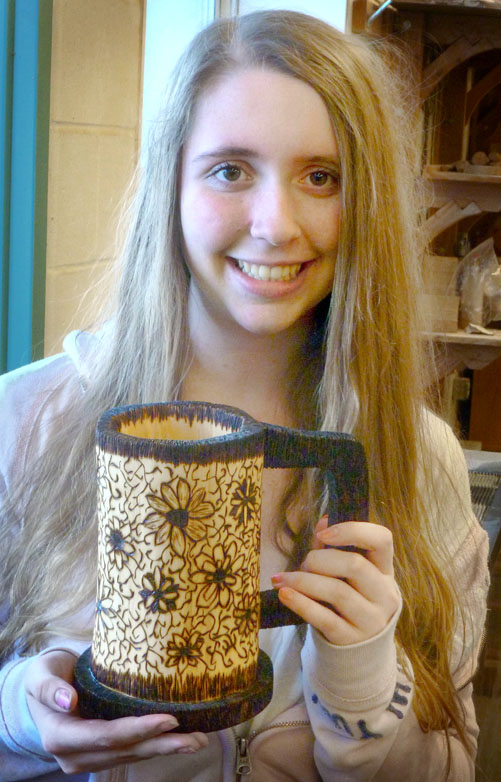 I knew that when this student made a mug, she would cover it with burned decoration. Burning was her passion! |
|